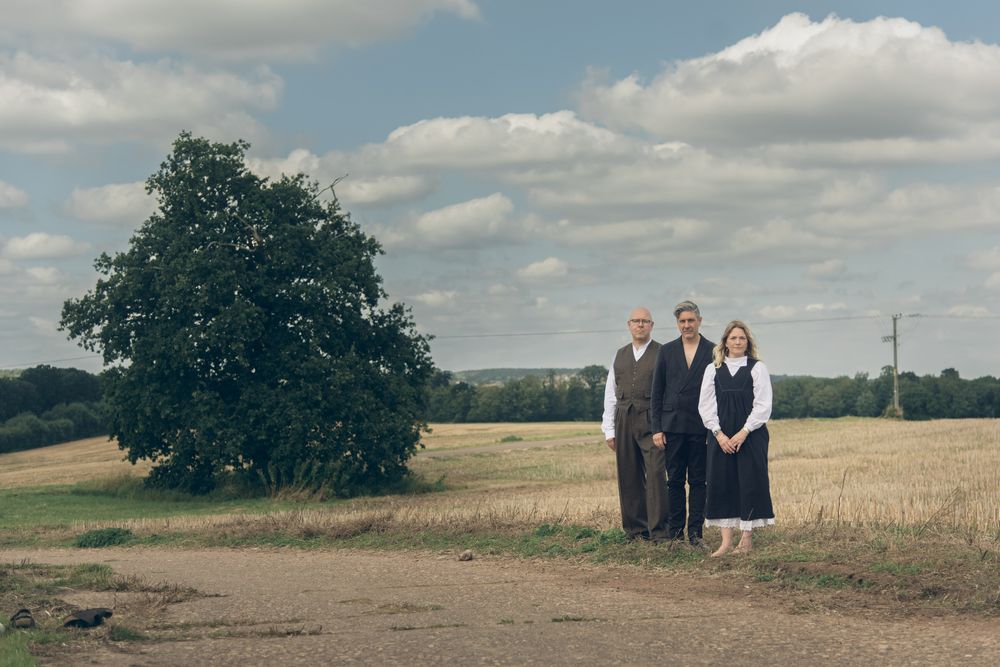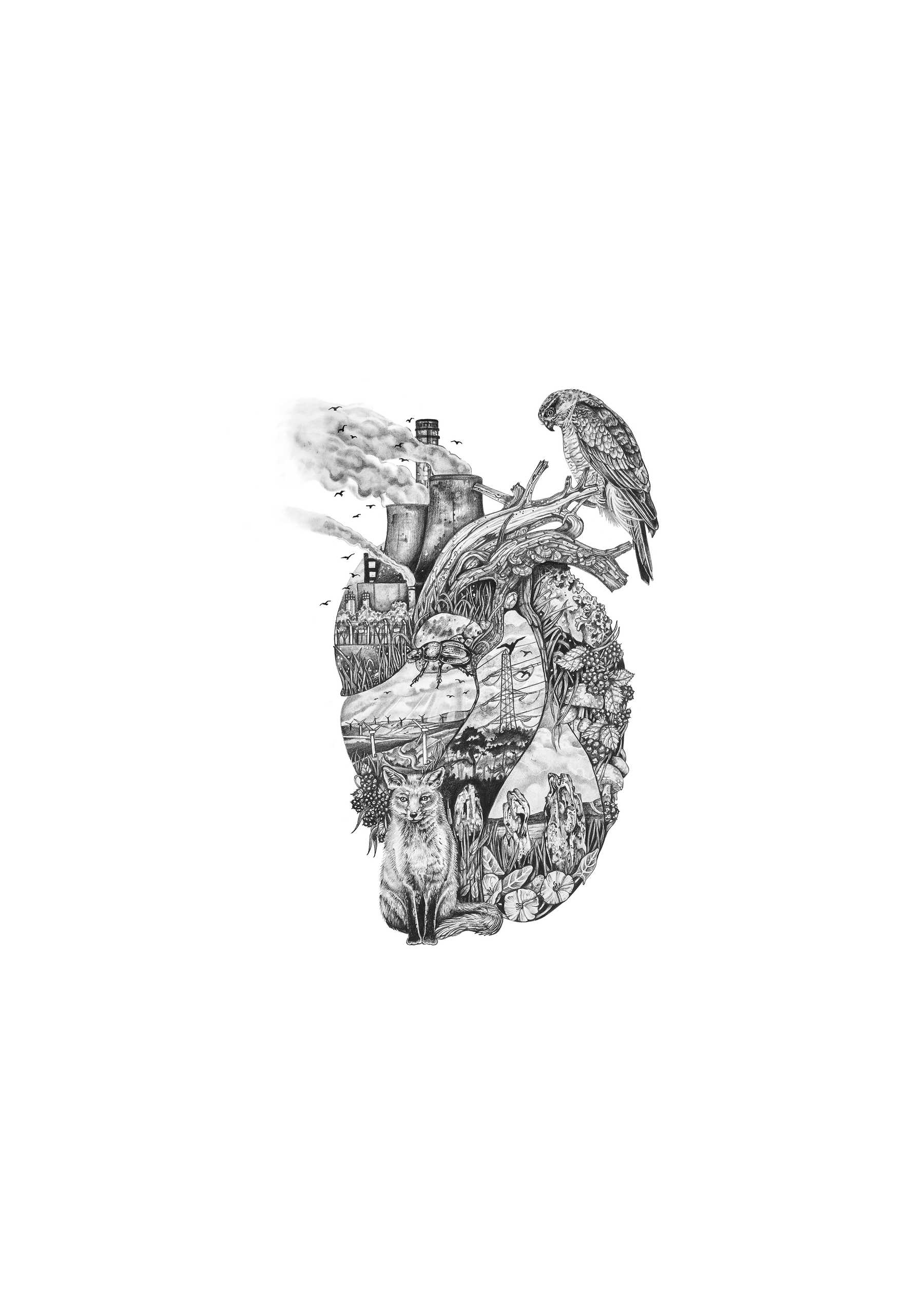-
Deadwood 4:220:00/4:22

PRAISE FOR THE LOW DRIFT
“A truly beautiful album full of magic and haunting imagery. The Low Drift is a wonderfully poetic journey through land and memory, exploring the incredible connections we have to the geography around us. A collection of songs that feel at once universal and personal.” - Fatea
“Successful collection of folk inspired pieces of music, the extra layer of a thought provoking theme stitching the music together only adds to this. The album offers a new place for the mind to travel to and contemplate.” - Americana UK
“An album of the elemental and visceral, full of potent images of nature and its cycle of birth and death. Thorpe, Costin and Hill have come together as some sort of symbiotic trio to write and deliver an album of outstanding musical sentiment and beauty.” - Penny Black Music
“They take the listener on a far reaching and rather beautiful musical trail. I guess we have to call this Folk Music - which it is in its heart - but there’s so much more here when you listen carefully and let the music take you on mystery tour.” - Rockin Magpie
“It's probably too early to draw up a 'Best of 2022 Releases' at the moment but I'm holding onto this as a strong contender.” - Left Lion
“Sounding like a dark bucolic folk answer to Crosby, Stills & Nash. A haunting, atmospheric album that brings a welcome new musical perspective on our connection to the land.” - Folking.com
REVIEWS IN FULL
The Low Drift launch their debut album, and the Huw Costin, Emma Thorpe, and Matt Hill collaboration have made a worthy statement. I guess you could describe the sound as folk music, but this Nottinghamshire trio bring us so much more with the sound of lo-fi retro synths, acoustic guitars and a mix of stripped-back vocals to give us a gentle but restless clash of vocal styles throughout. IT's probably too early to draw up a 'Best of 2022 Releases' at the moment but I'm holding onto this as a strong contender. Bassey, Left Lion.

There are many albums out there that claim a degree of uniqueness, as artists look to find something that elevates their work enough to get a better chance of being noticed. It's understandable; there's a lot of great music out there which makes it harder to stand out. Surely few albums can claim to be more unique that this collaboration between Emma Thorpe, Matt Hill and Huw Costin. The trio worked under the guidance of psychogeographers Jane Samuels and Dr. Morag Rose exploring ancient green lanes and sunken tracks where our ancestors buried their bones. If you've never heard about psychogeography before, it's a wonderful rabbit hole to explore, and the perfect starting point is provided with album notes written by Dr. Rose.
The result of all this is a truly beautiful album full of magic and haunting imagery. Through nine songs we get to visit places that have absorbed the life and memories of the many generations that have inhabited our island. We travel from the South Wales valleys to Arthur's Seat in Edinburgh, via the moorland of Bleaklow and the remains of the B-29 Bleaklow Bomber. While we visit ancient Britain and its standing stones and chalk figures of the past, we also glimpse a more modern land, with its new tar roads and negative environmental impacts.
Amongst the many highlights, there are a few songs that stand out. Driftwood opens the album and it is a gorgeous unhurried gem of a track, accompanied by the kind of flute synth used to unsettling effect on tv shows of the 70s and 80s. Thorpe and Costin's duet on Then Came The Rain is wonderful, leading into one of the more tunefully upbeat tracks, Breezeblocks, conjuring images of 70s industrial landscapes. A Gift Of Unknown Things touches on the barbed wire fences, the dissolution of the monasteries, and ancient myths and legends.
The final track is entitled Monyash, and it's a field recording featuring improvised harmonies and the rhythmic drone of a shruti box. The song was captured in the tunnels on the Monsal Trail in the Peak District, and it has the feel of musicians communing with the land around them. All in all a perfect end to the record.
The Low Drift is a wonderfully poetic journey through land and memory, exploring the incredible connections we have to the geography around us. While that geography may not all be all as picturesque as the rolling fields and coastal pathways, it all has an impact on our collective psyche. The attempt at a deep dive into that impact has created a collection of songs that feel at once universal and personal. Adam Jenkins, Fatea




